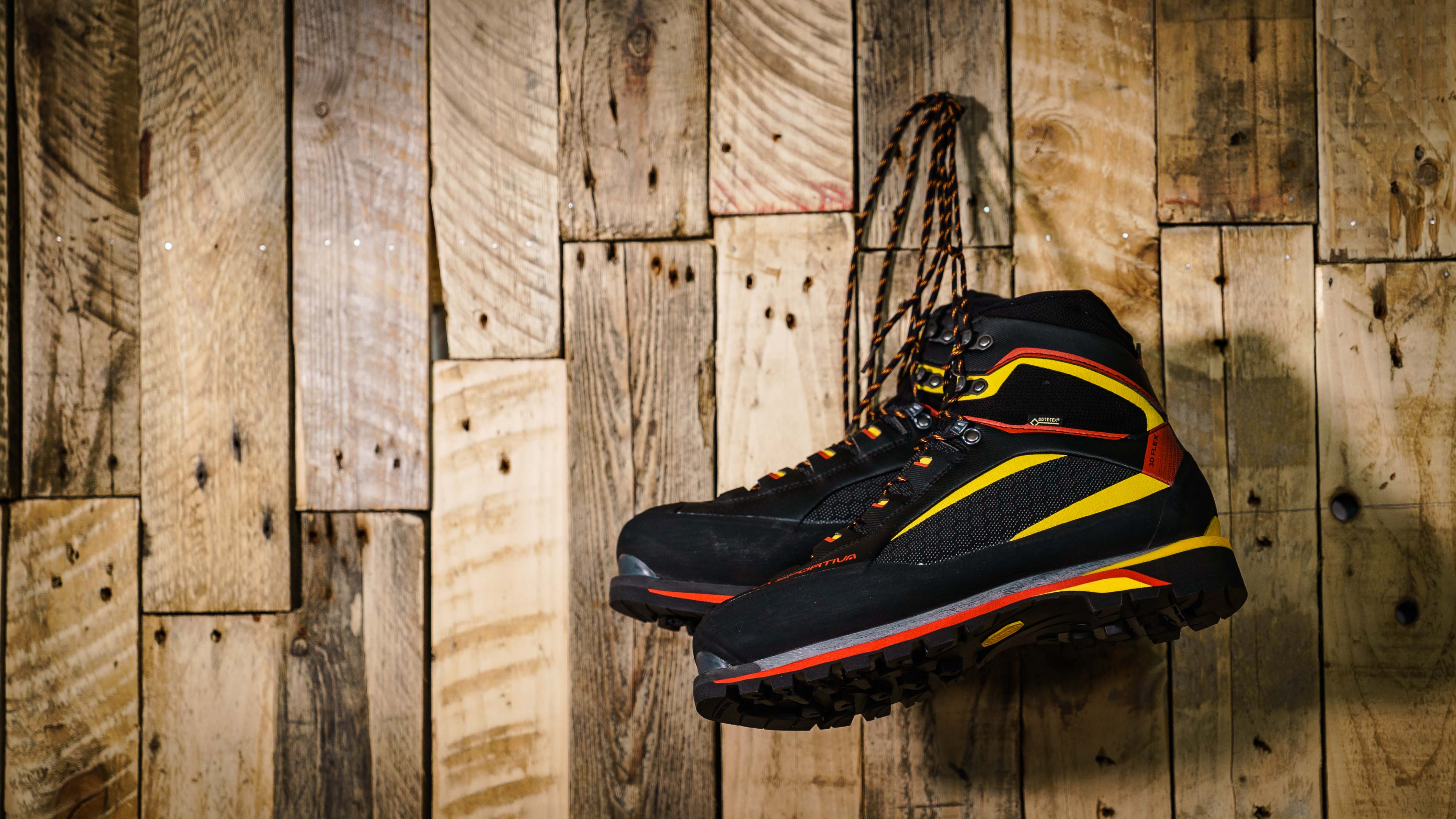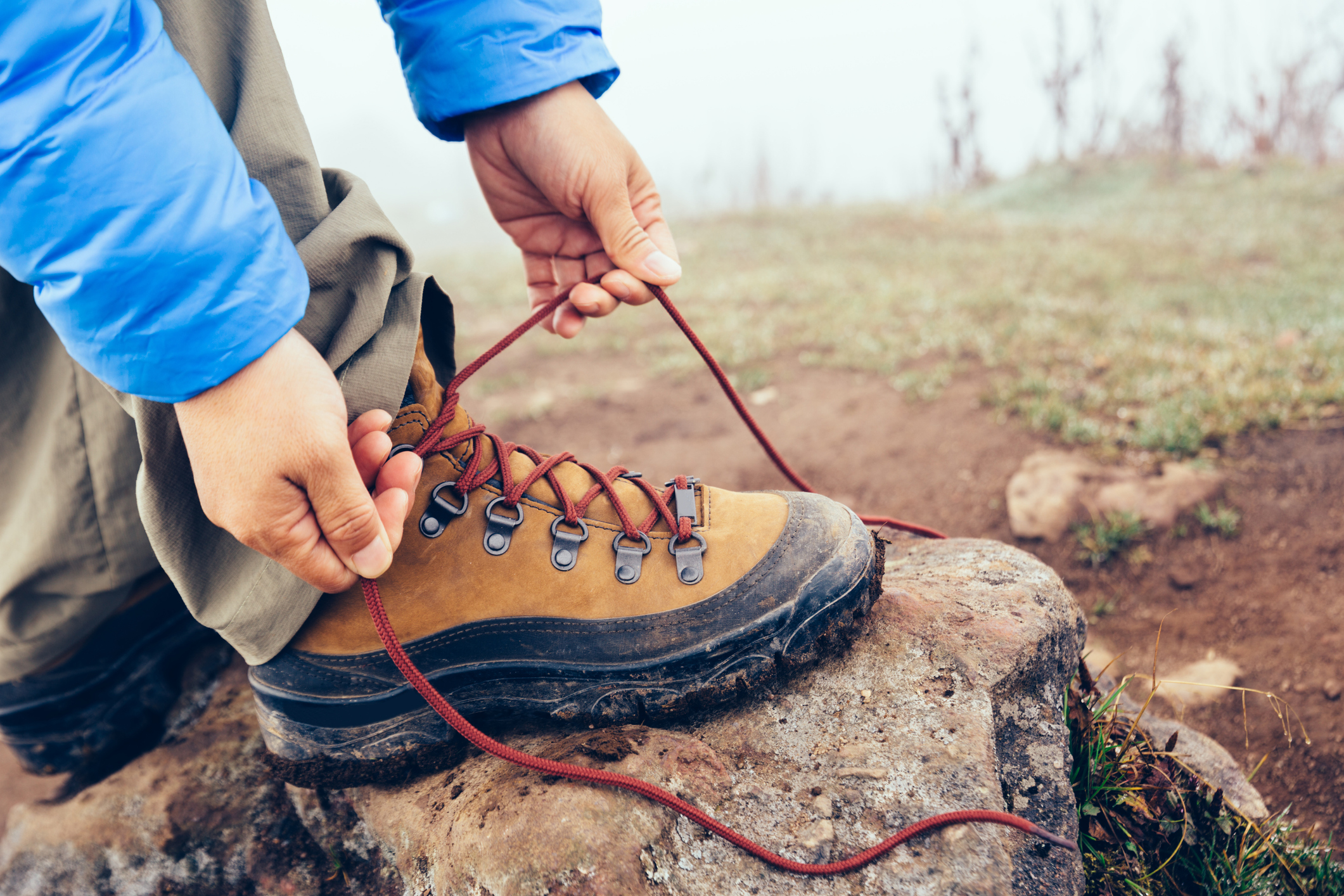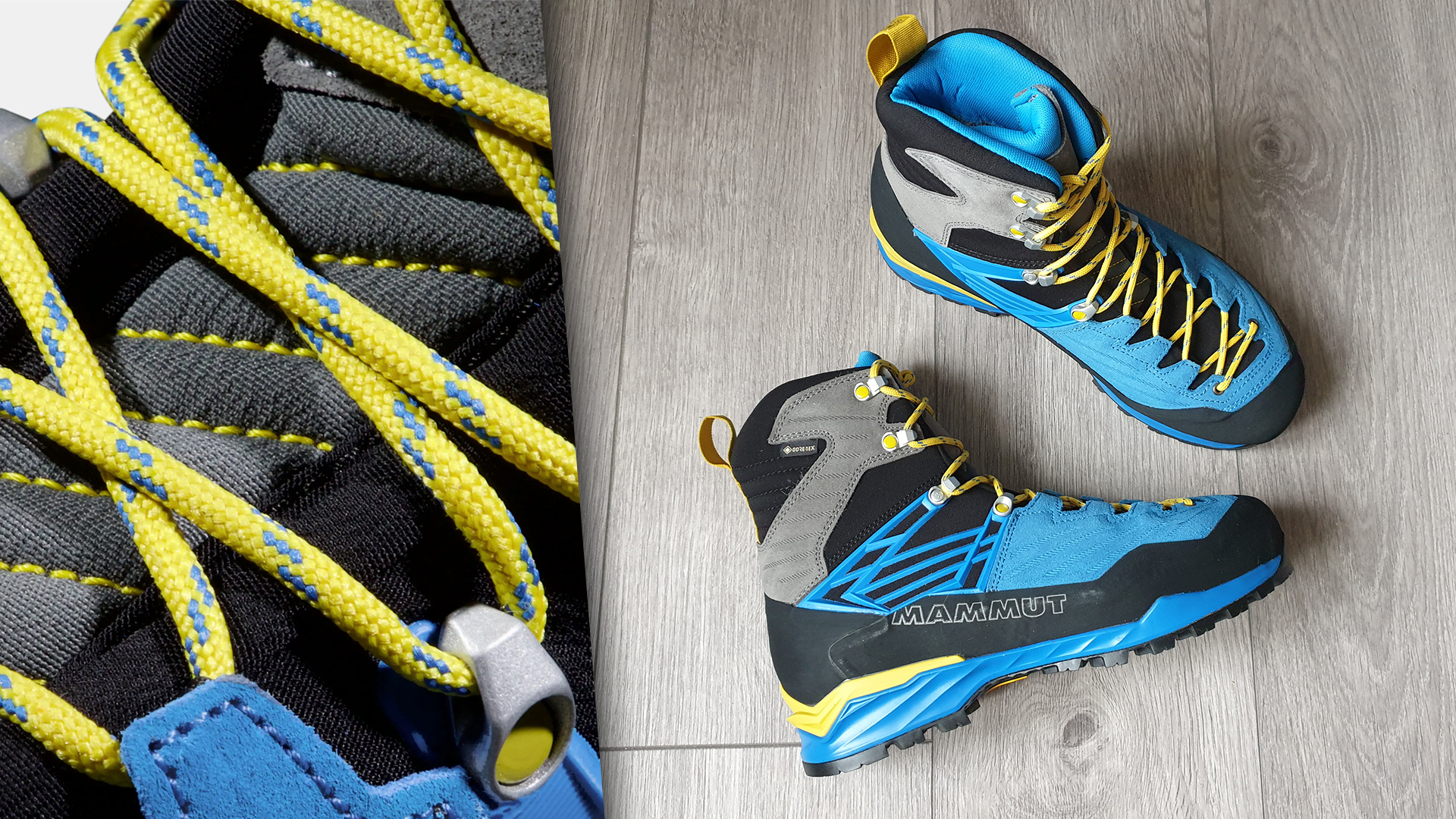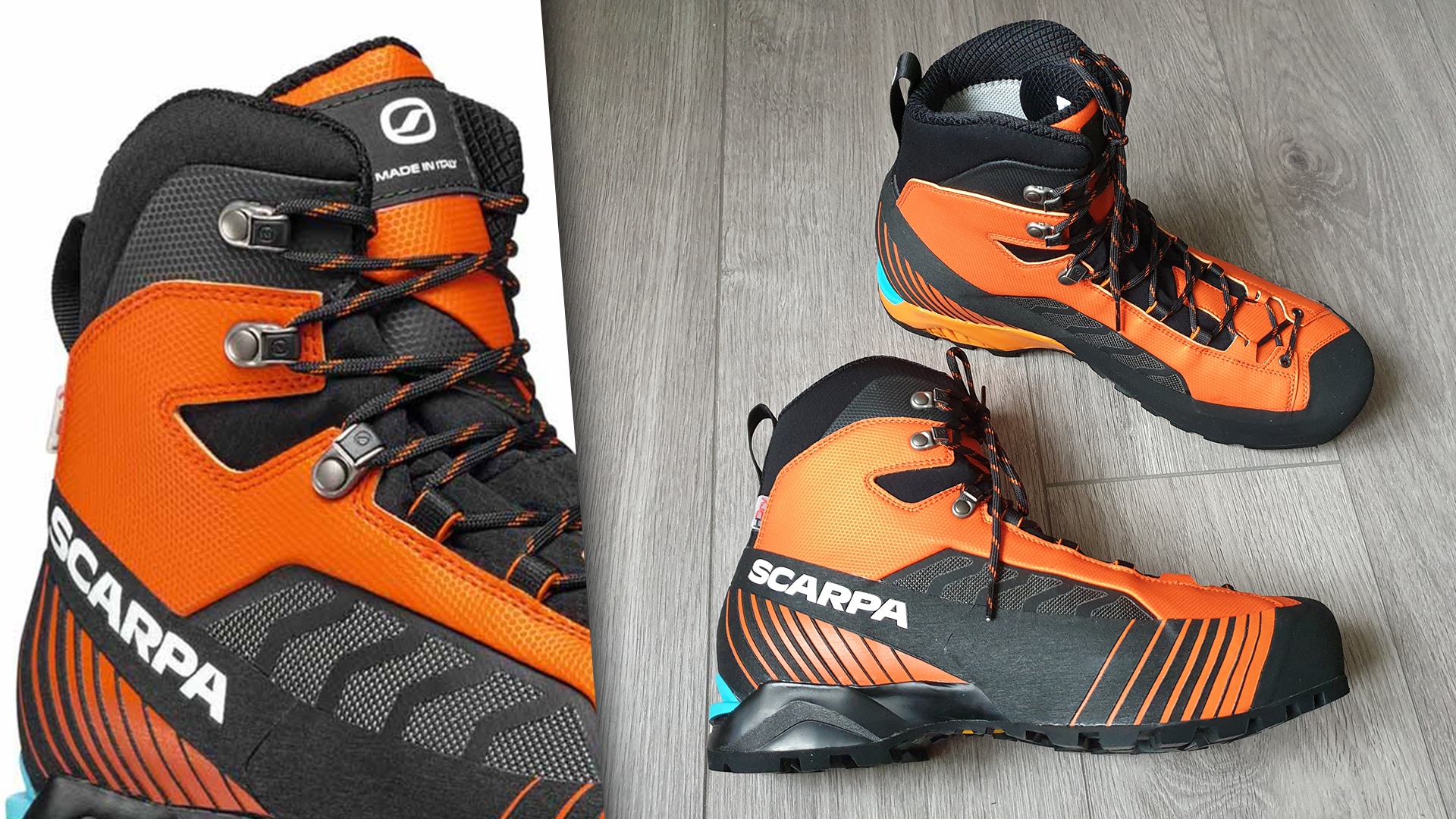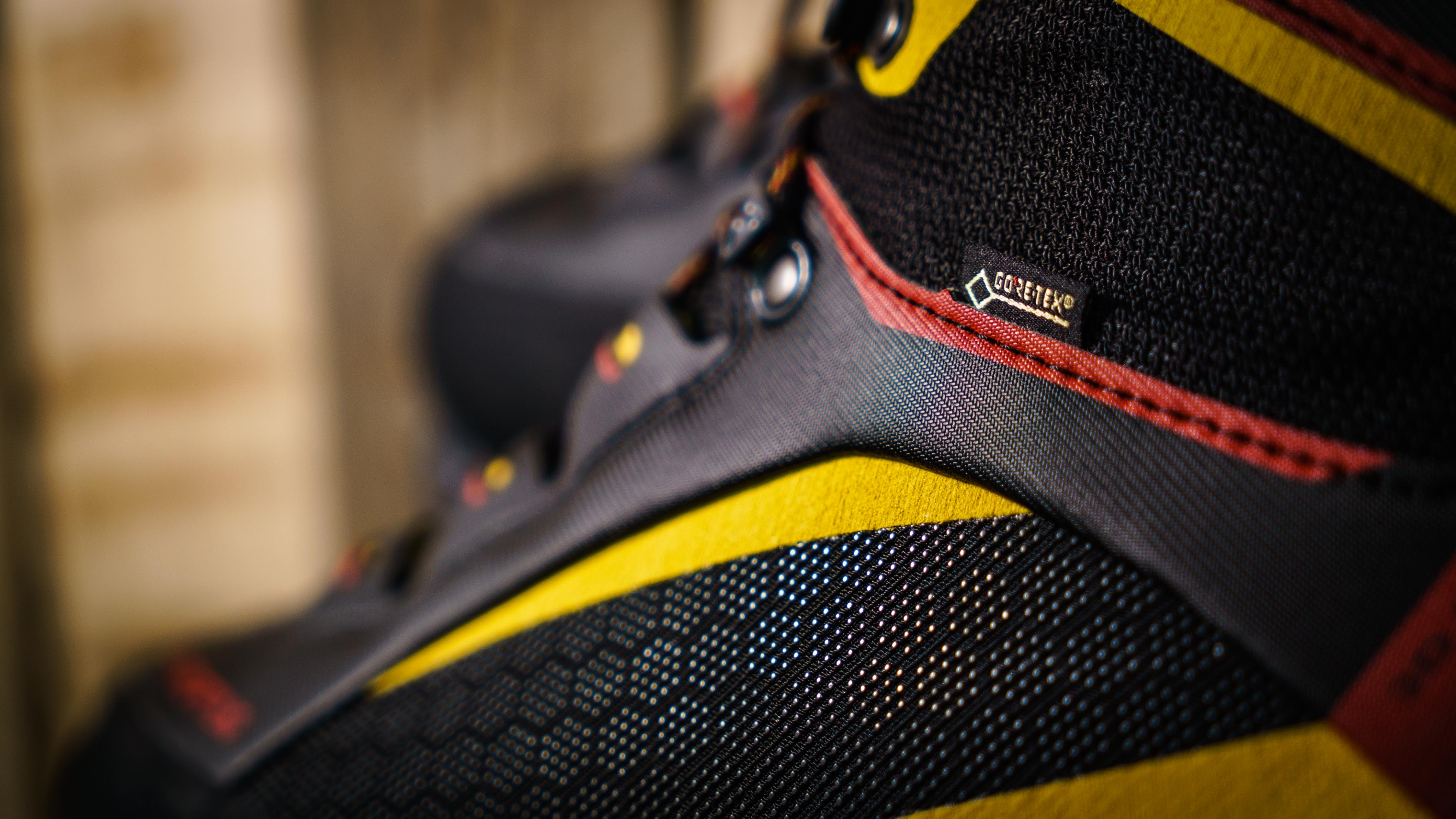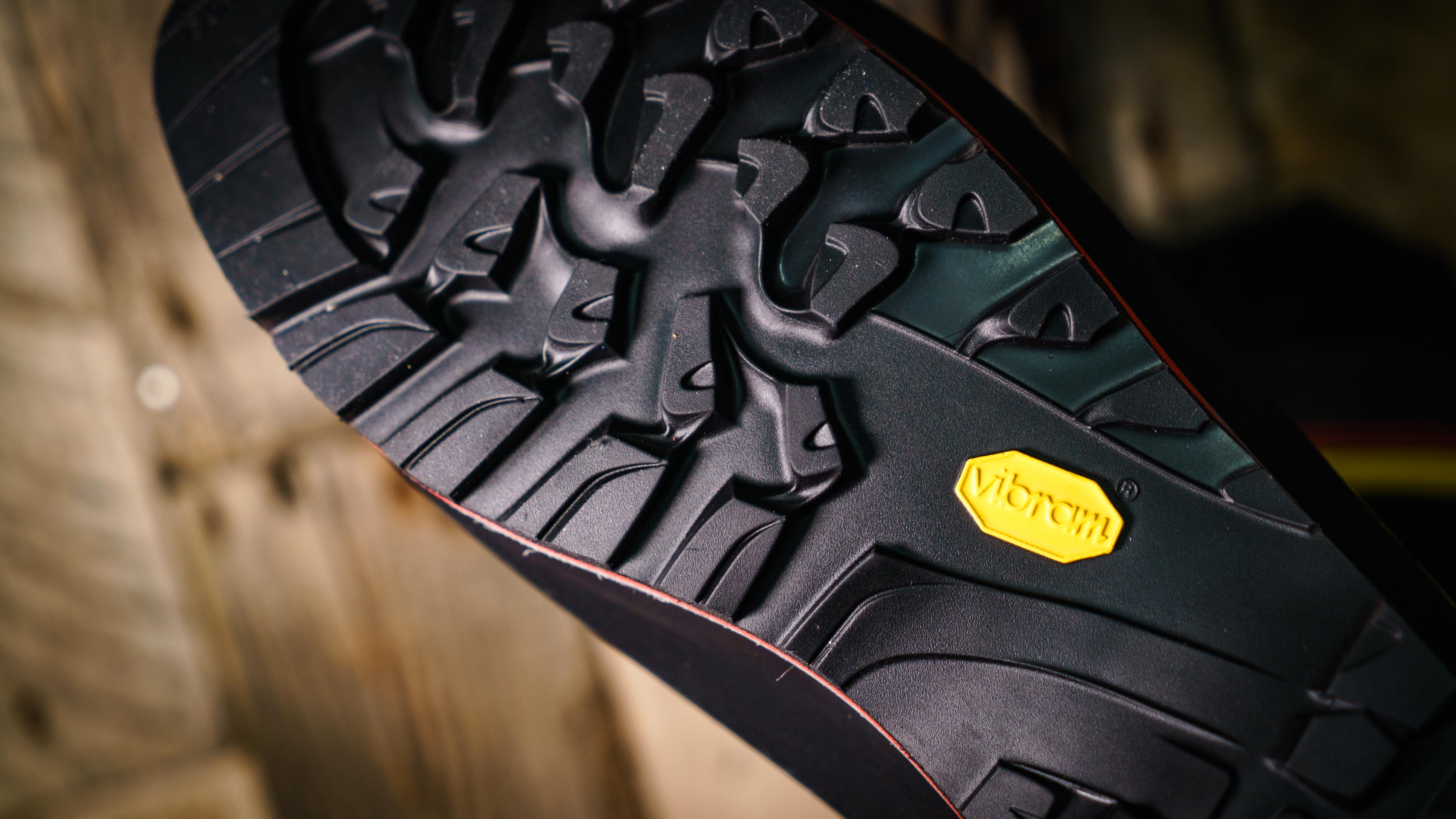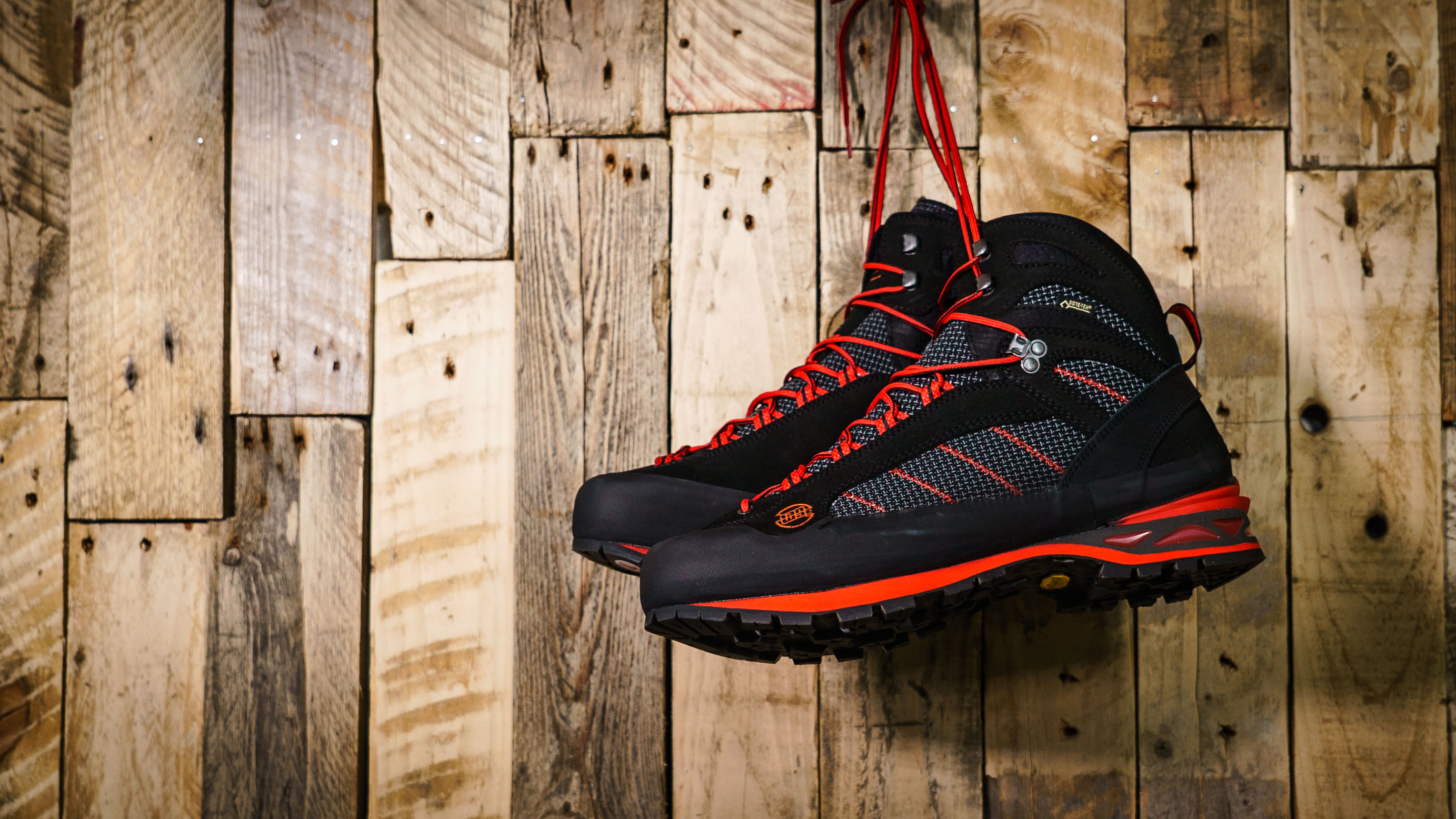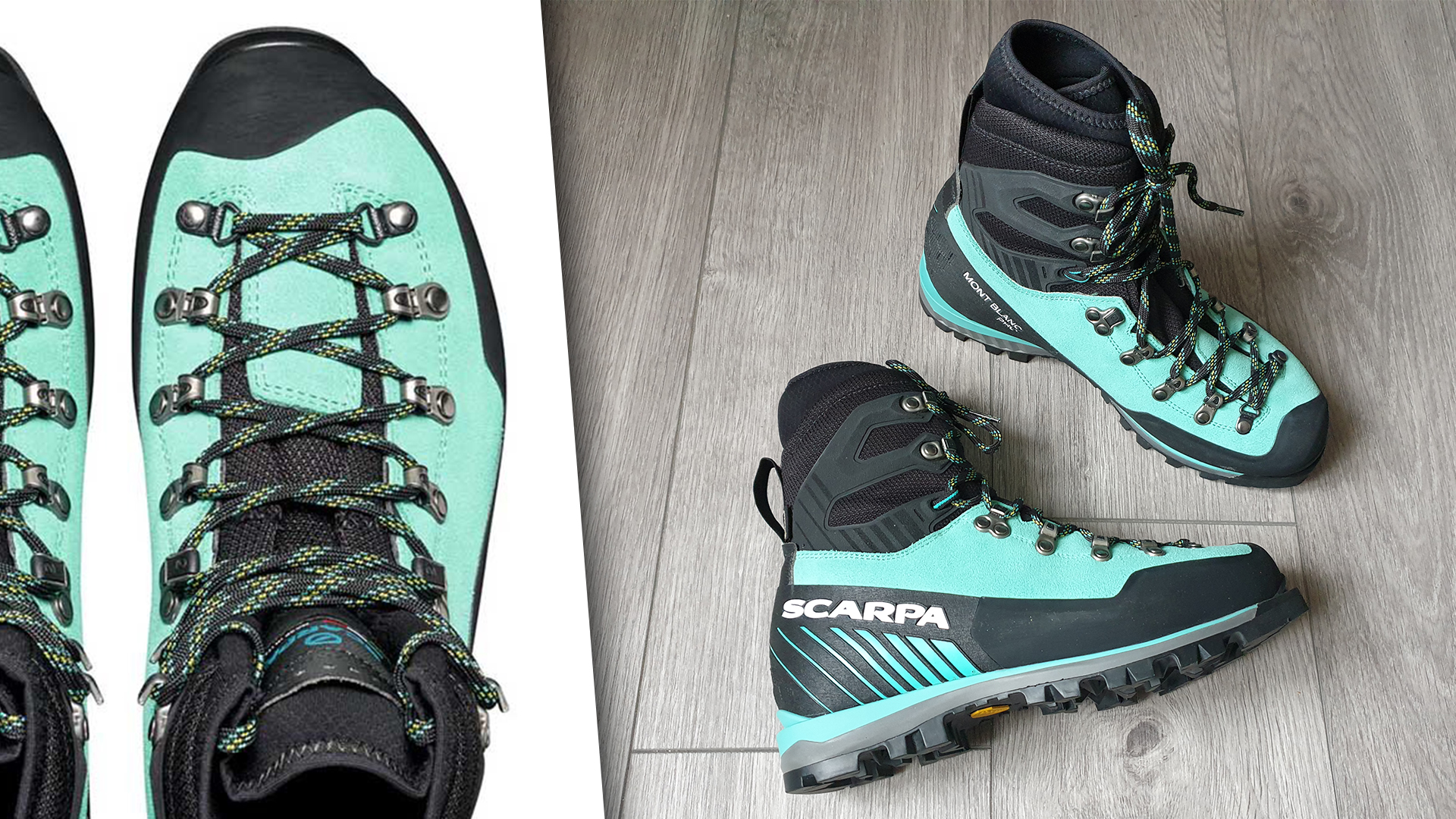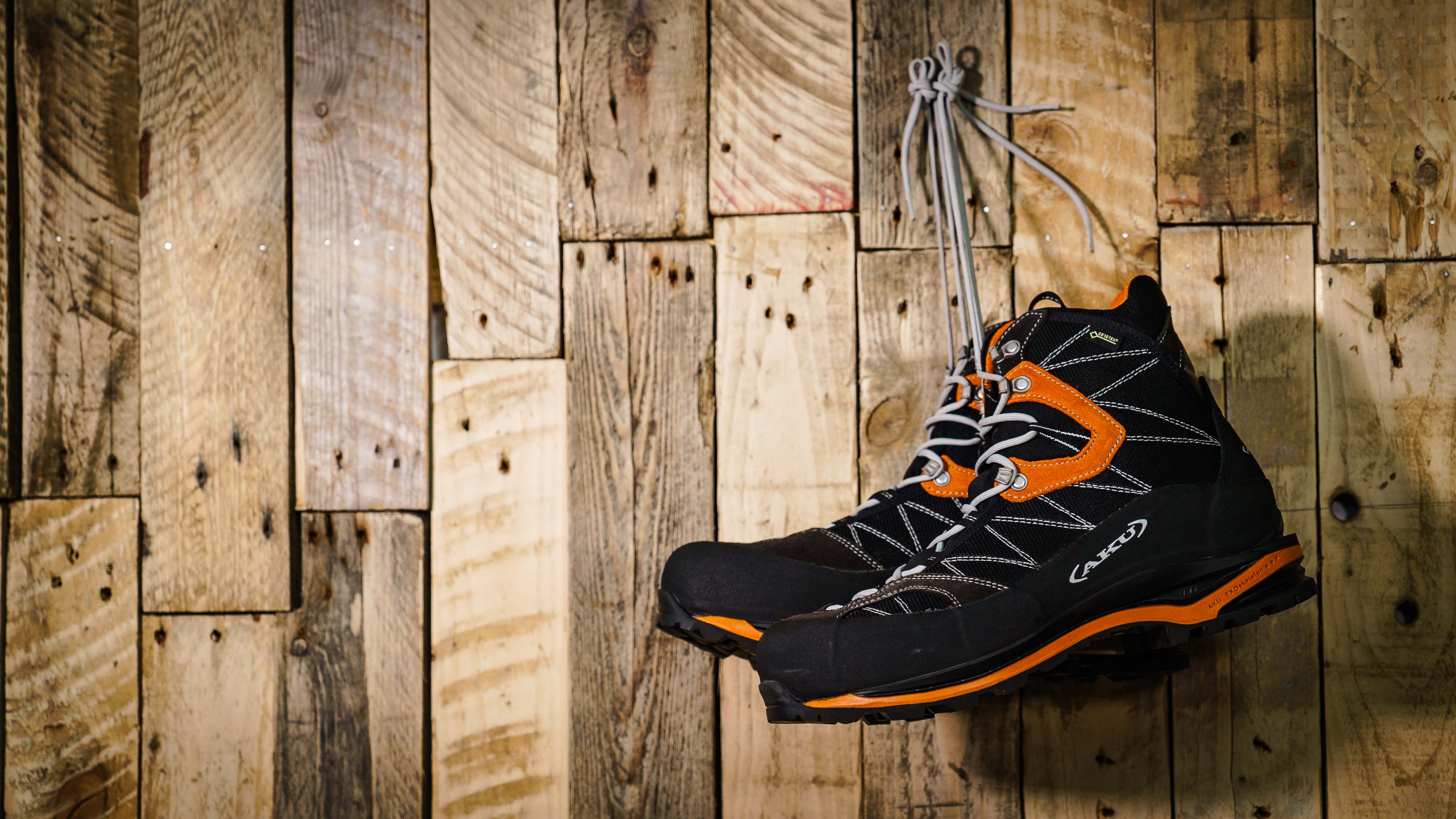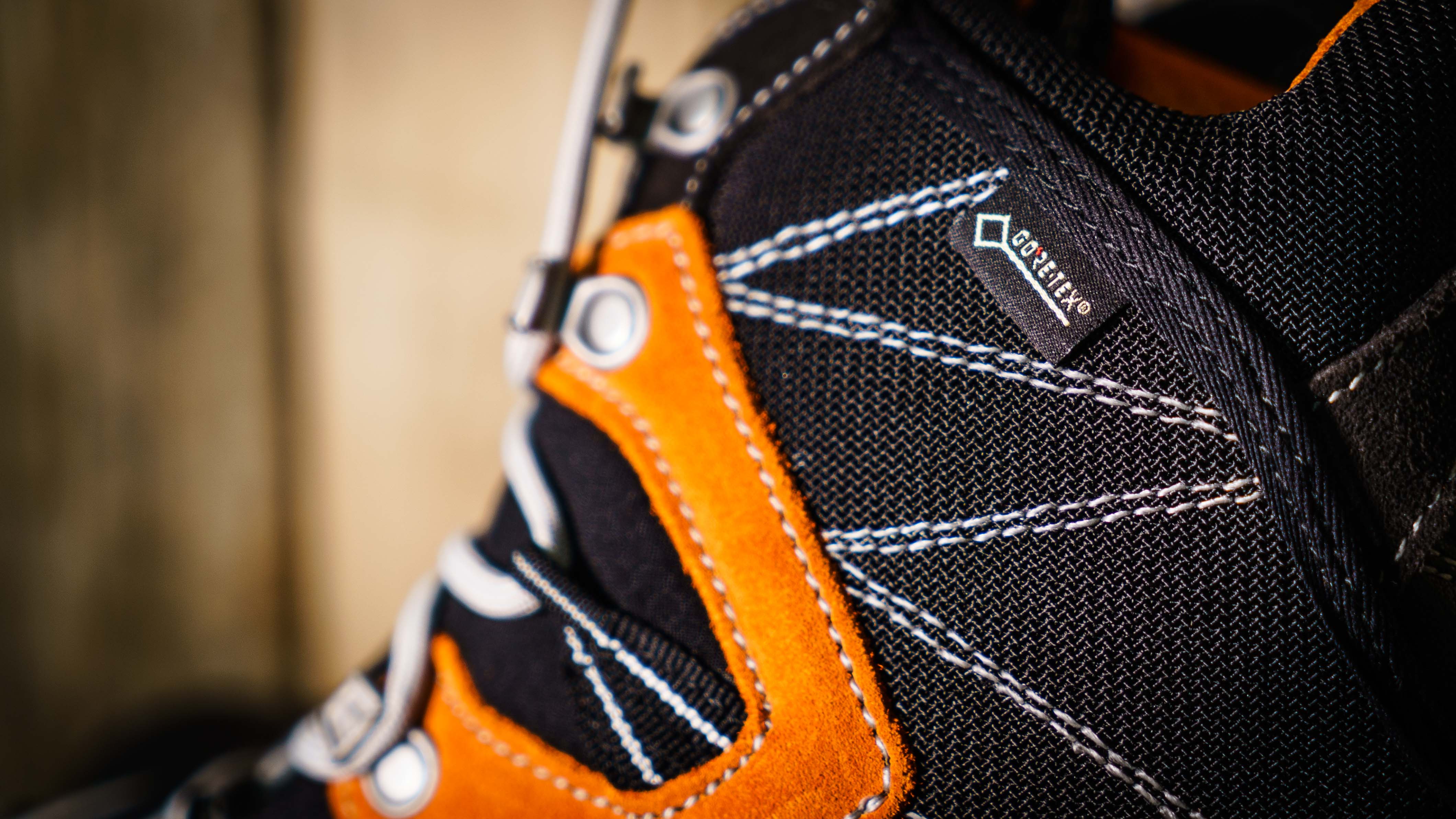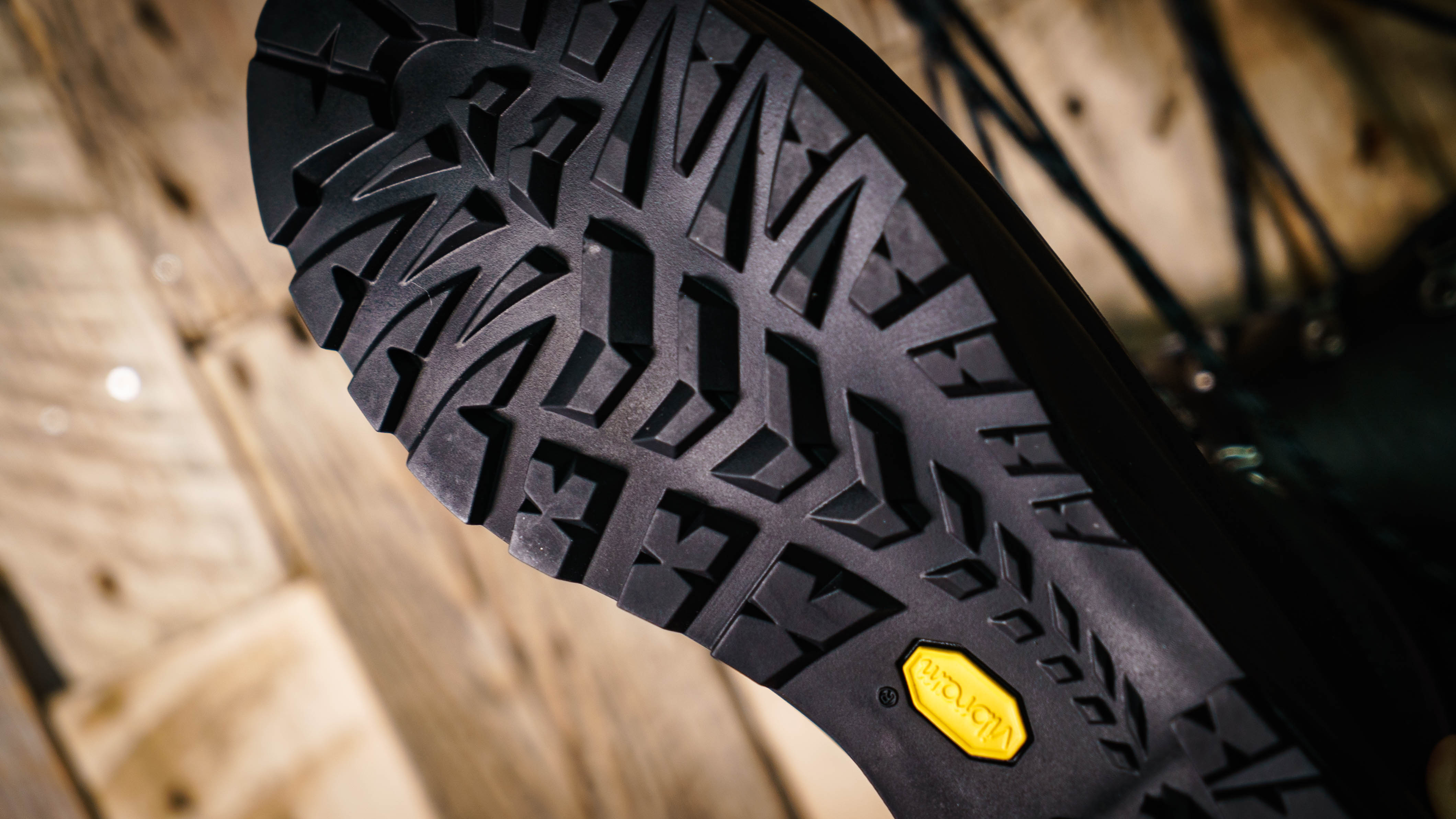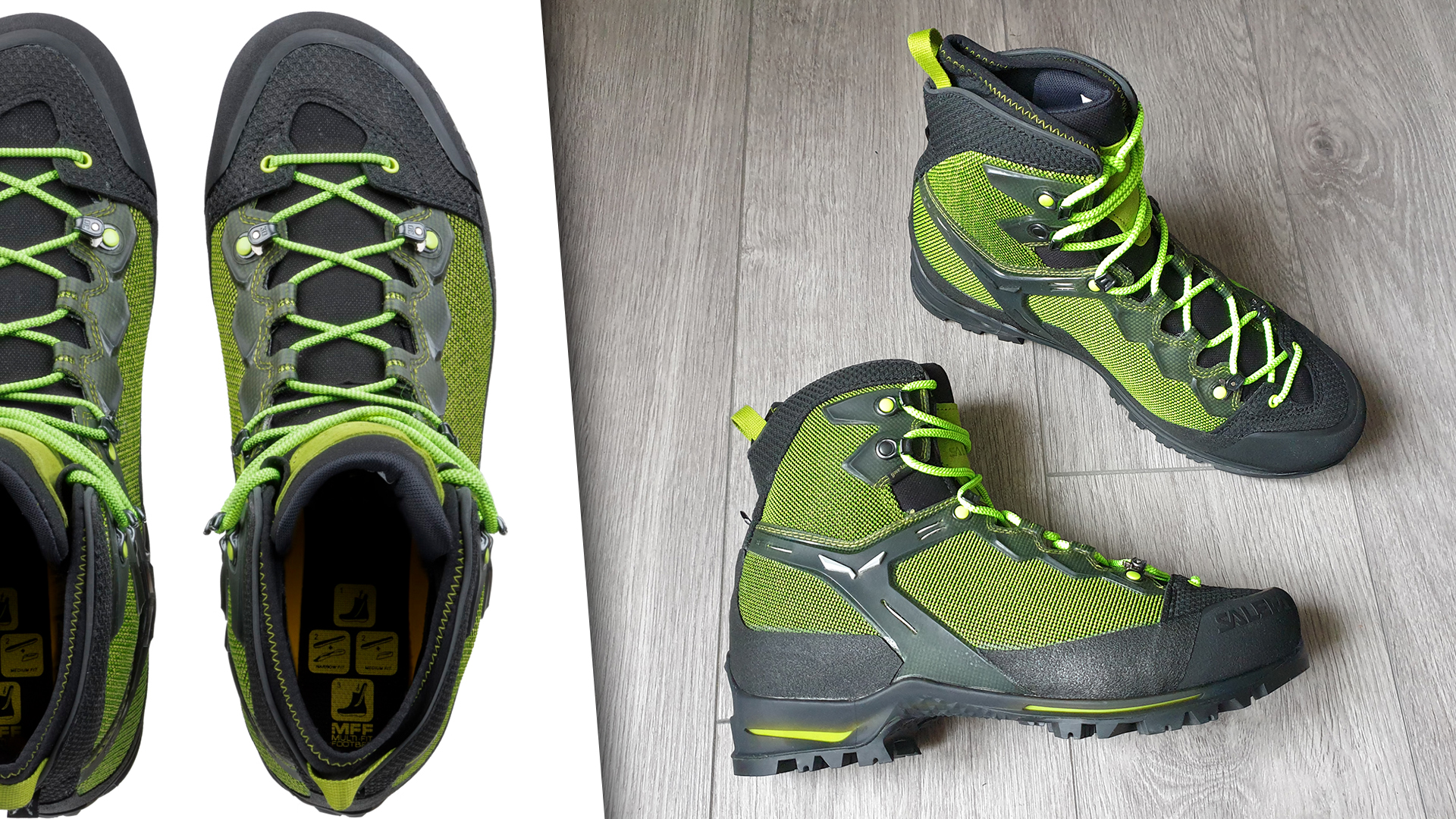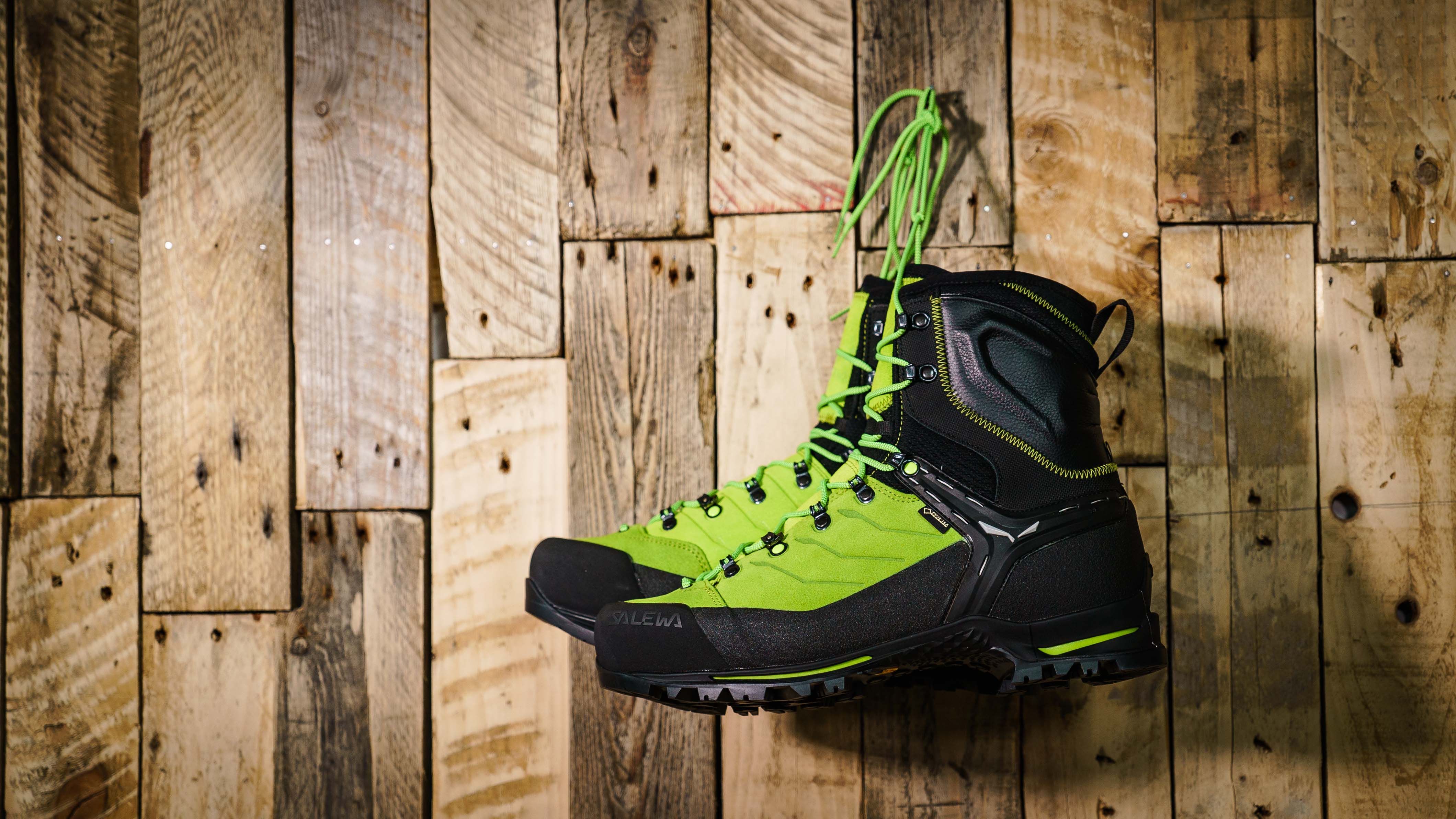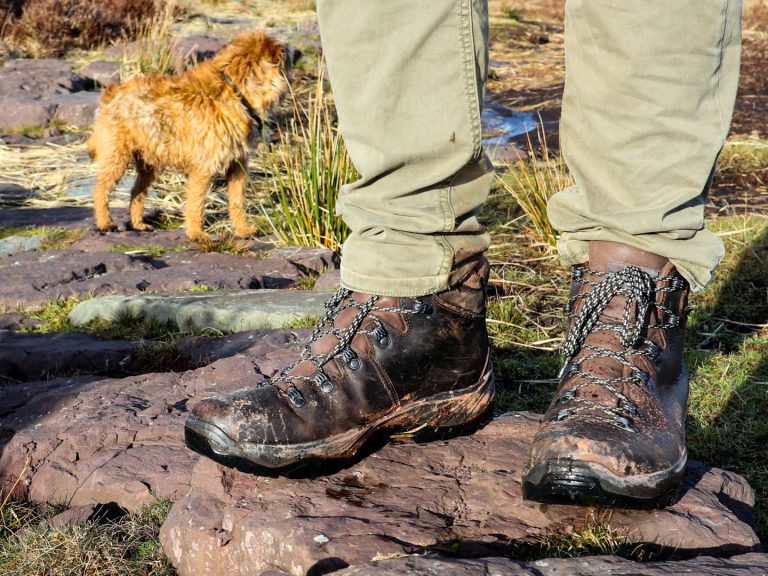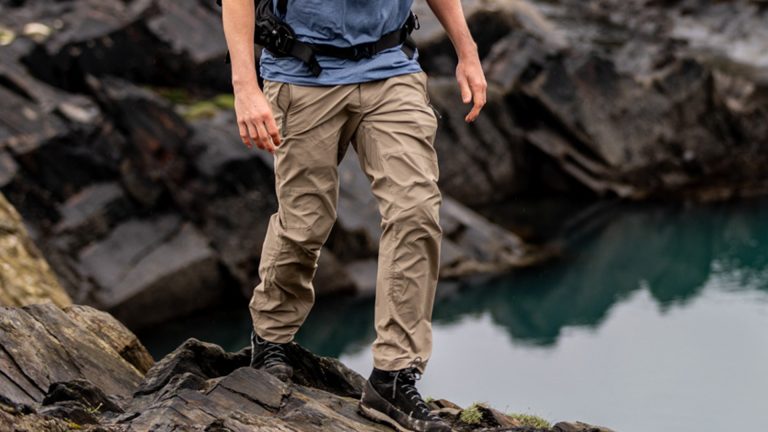If you’re heading out into the hills in winter – or more specifically when there is snow and ice on the ground – then you’ll need some proper winter boots. Most shoes that you’d wear in summer simply won’t cut it. And that’s everything from summer hiking boots to trainers to flip flops – please do not wear flip flops on a glacier.
Related: Winter Hiking Advice | How To Be Well Prepared And Safe In Cold Conditions
The range of winter boots gets quite technical quite quickly. You don’t need to go straight into a super-stiff mountaineering boot when you’re first getting started with winter walking. Or even if you do like hanging off a waterfall with two ice axes but also go for hikes: it’s all about finding the right tools for the job. Winter boots provide varying levels of support, stiffness and grip to help keep your feel warm, dry and firmly secure on the ground.
What To Look For When Buying Winter Boots
Searching for the perfect winter boot is a bit more complex than with summer hiking boots. Mostly because ‘winter’ encompasses everything from a casual snowy stroll across the Cheviots to climbing Lhotse. To try to help you out, let’s quickly explain winter boot ratings. There are three: B1, B2 and B3. These tend to refer to how flexible the sole is, but can sometimes also mean which type of crampons they’ll take. Putting crampons aside, B1 boots are far stiffer than a summer boot but the most flexible of the three. These are ideal for winter walking without much steepness, or for comfort over long distances.

B2 boots are the mid-ground, perfect for the bridge between winter walking and winter mountaineering. This is also the classic rating for a summer alpine boot. Then B3 boots are completely rigid. That means your feet can’t really flex at all and even with a rocker can still be uncomfortable over long distances or hard surfaces. B3 boots are the best choice for winter mountaineering and anything involving high altitude peaks.
Alongside the rating, it’s worth thinking about the insulation and whether there is a built in gaiter. This is a matter of taste and the B2/B3 boots tend to be more insulated than B1. A gaiter can help keep snow and spindrift out of your socks without having to wear other gaiters over the top of a boot. You might also look at how much of a rocker the boot has: how angled up the toe end of the sole is vs the flat heel. (This difference allows the boot to rock as you walk, hence rocker.) A larger rocker can be more comfortable for walking, but also can cause issues fitting crampons. It’s always worth testing how well your crampons fit your boots if you can, because not all are a good match – especially in smaller boot sizes.

